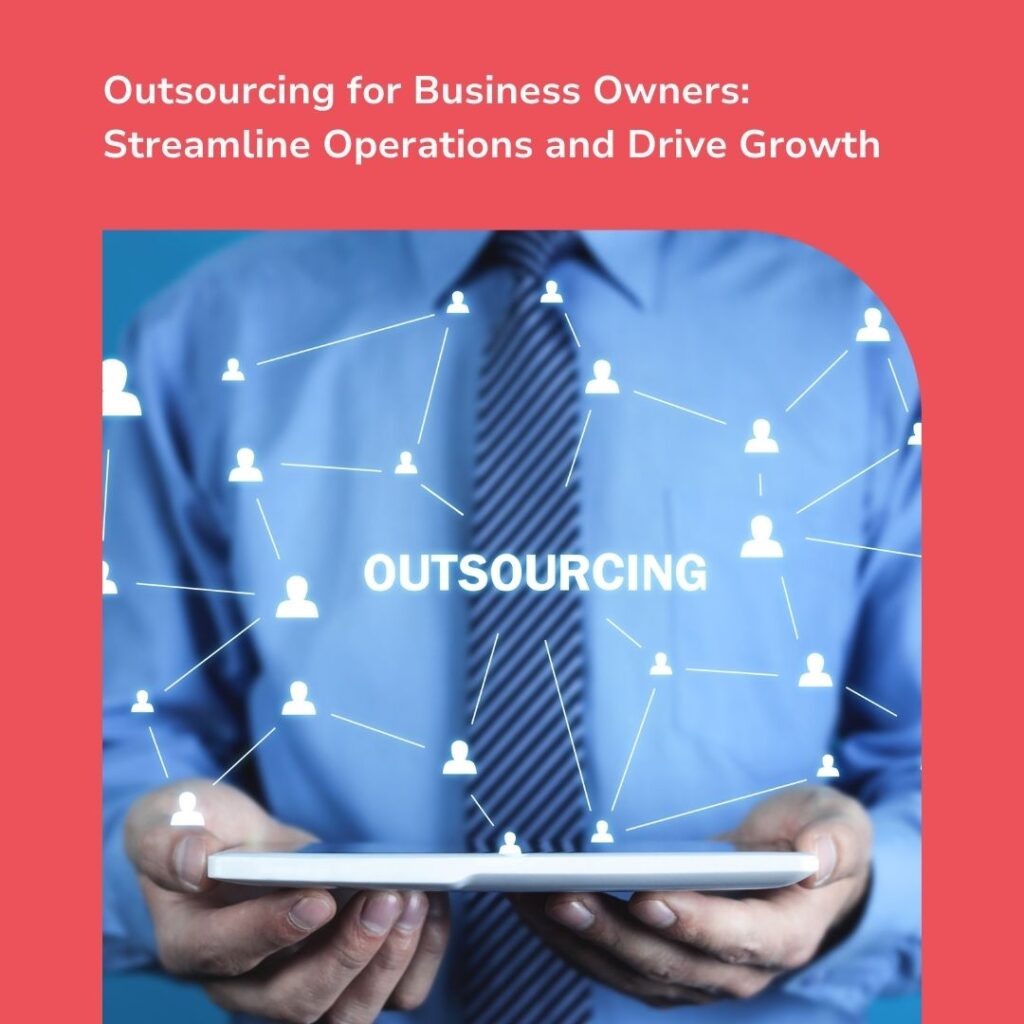In today’s digital age, successful marketing hinges on understanding your audience on a granular level. One powerful strategy that empowers marketers to achieve this level of understanding is data targeting for audience segmentation.
By leveraging data-driven insights, businesses can effectively personalise their marketing efforts, drive engagement, and maximise their return on investment (ROI).
In this blog post, we will explore the importance of audience segmentation and how data targeting can revolutionise your marketing strategy.
The Significance of Audience Segmentation
Audience segmentation involves dividing a broad target audience into smaller, more manageable groups based on shared characteristics and behaviours.
In the past, marketers often employed a one-size-fits-all approach, but this approach is no longer effective in today’s highly competitive marketplace. Customers expect personalised experiences and relevant messaging that resonate with their specific needs and interests. This is where audience segmentation plays a crucial role.
Segmentation enables marketers to understand their customers at a deeper level, allowing them to tailor marketing messages, offers, and experiences to each segment’s unique preferences.
By grouping customers based on shared characteristics such as demographics, psychographics, or behaviours, businesses can deliver highly targeted and relevant marketing campaigns, leading to improved engagement, increased conversion rates, and ultimately, higher customer satisfaction.
Understanding Data Targeting
Data targeting involves utilising customer data to identify specific segments within your target audience. With the proliferation of digital channels and the availability of customer data, businesses have access to vast amounts of information that can be leveraged for audience segmentation.
By analysing various data sources such as demographics, behaviour, interests, and preferences, marketers can gain valuable insights into who their customers are, how they interact with their brand, and what drives their purchasing decisions.
Data targeting takes audience segmentation to a whole new level by incorporating quantitative and qualitative data to refine and validate segmentation strategies. By harnessing the power of data, marketers can move beyond assumptions and gut feelings, making informed decisions based on actual customer insights.
Benefits of Data Targeting for Audience Segmentation
Data targeting offers numerous benefits that can transform your marketing strategy and drive business growth. Let’s explore some of the key advantages:
Enhanced Personalisation
Personalization is at the heart of effective marketing. By segmenting your audience and leveraging data targeting, you can create customised messaging and content that speak directly to the needs, pain points, and aspirations of each segment.
From personalised emails and offers to tailored product recommendations, data targeting allows you to provide a personalised experience that resonates with your customers, fostering stronger connections and increasing brand loyalty.
Improved Customer Engagement
Engaging customers is essential for building meaningful relationships and driving customer loyalty. Data targeting enables you to build emotional connections with your customers by understanding their values, interests, and motivations. By tailoring your marketing campaigns based on customer interests and preferences, you can deliver relevant content and offers that captivate their attention, leading to higher engagement and interaction with your brand.
Increased Conversion Rates
Relevance is key to driving conversions. Data targeting allows you to deliver highly targeted offers and promotions to specific segments, increasing the chances of capturing their attention and motivating them to take action. Personalised product suggestions based on customer behaviour and preferences can also significantly improve conversion rates by presenting customers with products they are more likely to be interested in.
When customers receive personalised and relevant recommendations, they feel more confident in their purchasing decisions, leading to increased conversion rates.
Efficient Resource Allocation
Marketing budgets are often limited, and it’s crucial to allocate resources wisely. Data targeting helps optimise marketing budgets by focusing on the segments that offer the highest ROI.
By understanding the characteristics and behaviours of different segments, you can allocate your resources more effectively, ensuring that your marketing efforts are directed towards the most valuable customer groups. This targeted approach reduces ad spend wastage and allows for more efficient acquisition and retention strategies.
How to Do Audience Segmentation.
— Juan Carlos Amez (@juankaamez) June 23, 2023
Cómo segmentar audiencias. pic.twitter.com/5TJh0UDDa3
Key Steps for Effective Data Targeting
Implementing data targeting for audience segmentation involves a series of key steps that ensure the success of your strategy. Let’s explore these steps in detail:
Collecting and Analysing Data
The first step is to collect relevant data from various sources such as website analytics, social media insights, customer surveys, and purchase history. It’s essential to ensure data accuracy and quality by regularly reviewing and cleansing your data. Utilise data analytics tools to gain valuable insights from your data and identify patterns, trends, and segment-specific behaviours.
Identifying Segmentation Variables
Define the segmentation criteria based on which you will group your audience. This could include demographic factors such as age, gender, or location, as well as psychographic characteristics like lifestyle, values, or interests. Conduct market research and surveys to gather additional insights into customer preferences, motivations, and pain points. Analyse customer behaviour patterns to identify unique segment characteristics.
Creating Customer Personas
Develop detailed profiles of your target audience segments by combining the collected data and segmentation variables. These customer personas should include demographic information, psychographic characteristics, motivations, and preferences. By mapping customer needs, motivations, and pain points, you can tailor your messaging and marketing strategies to address the specific needs of each segment effectively.
Implementing Targeted Campaigns
Craft personalised messages and offers that resonate with each customer segment. Utilise marketing automation tools to streamline and automate personalised communication, ensuring that the right message reaches the right segment at the right time.
Monitor and optimise campaign performance by tracking key metrics such as conversion rates, engagement levels, and ROI. Continuously iterate and refine your targeting and messaging based on data-driven insights and A/B testing.
Tools and Technologies for Data Targeting
Several tools and technologies can facilitate data targeting for audience segmentation. Here are some popular ones:
Customer Relationship Management (CRM) Systems
CRM systems allow you to centralise customer data and track their interactions and preferences. This data can be used to personalise communication and tailor marketing efforts based on individual customer profiles.
Data Management Platforms (DMPs)
DMPs collect and organise large volumes of customer data from multiple sources. They enable cross-channel audience targeting and provide valuable insights for segmentation and personalised marketing campaigns.
Customer Data Platforms (CDPs)
CDPs consolidate customer data from various touchpoints, creating comprehensive customer profiles. They facilitate real-time personalization and offer a holistic view of customer behaviour and preferences.
Marketing Automation Tools
Marketing automation tools automate personalised communication and enable targeted campaigns based on customer behaviour and segmentation criteria. They also provide analytics and reporting features to measure campaign effectiveness.
Overcoming Challenges in Data Targeting
While data targeting offers significant benefits, there are challenges that marketers must address:
Privacy and Data Protection
Adhering to data privacy regulations such as GDPR is crucial. Obtain customer consent for data collection and ensure data security and confidentiality through robust security measures and compliance with regulations.
Data Quality and Accuracy
Maintain data accuracy and quality by regularly reviewing and cleansing your data. Validate data sources and implement data quality checks to identify and rectify discrepancies or errors.
Integration of Data Sources
Integrating data from disparate sources can be complex. Use data integration platforms or solutions to streamline the process and ensure data consistency across different systems.

Best Practices for Successful Data Targeting
To make the most of data targeting for audience segmentation, follow these best practices:
Continuous Data Analysis
Regularly analyse customer data and update your segmentation strategy as new insights emerge. Use data analysis to identify trends, patterns, and shifts in customer behaviour. Leverage data analytics tools and techniques to gain actionable insights from your data.
A/B Testing and Optimization
Conduct A/B tests to compare the performance of different messaging, offers, or segmentation strategies. Optimise campaigns based on test results, making data-driven adjustments to improve effectiveness. Continuously iterate and refine your targeting and messaging based on test outcomes.
Monitoring and Measuring Performance
Track key performance indicators (KPIs) related to engagement, conversion rates, and ROI. Utilise analytics tools to monitor the performance of your targeted campaigns. Regularly review and analyse campaign metrics to identify areas for improvement.
Staying Up-to-Date with Regulations
Stay informed about privacy regulations and ensure compliance in your data targeting practices. Regularly review and update your data privacy policies and procedures. Establish a culture of privacy and data ethics within your organisation.
Conclusion
Leveraging data targeting for audience segmentation is a game-changer in modern marketing.
By understanding your audience at a granular level, you can personalise your marketing efforts, drive engagement, and improve conversion rates. Through effective data collection, analysis, and utilisation of tools and technologies, businesses can harness the power of data to create meaningful connections with their customers.
By implementing best practices and overcoming challenges, marketers can unlock the full potential of data targeting, revolutionising their marketing strategies and achieving business growth in the digital age.









